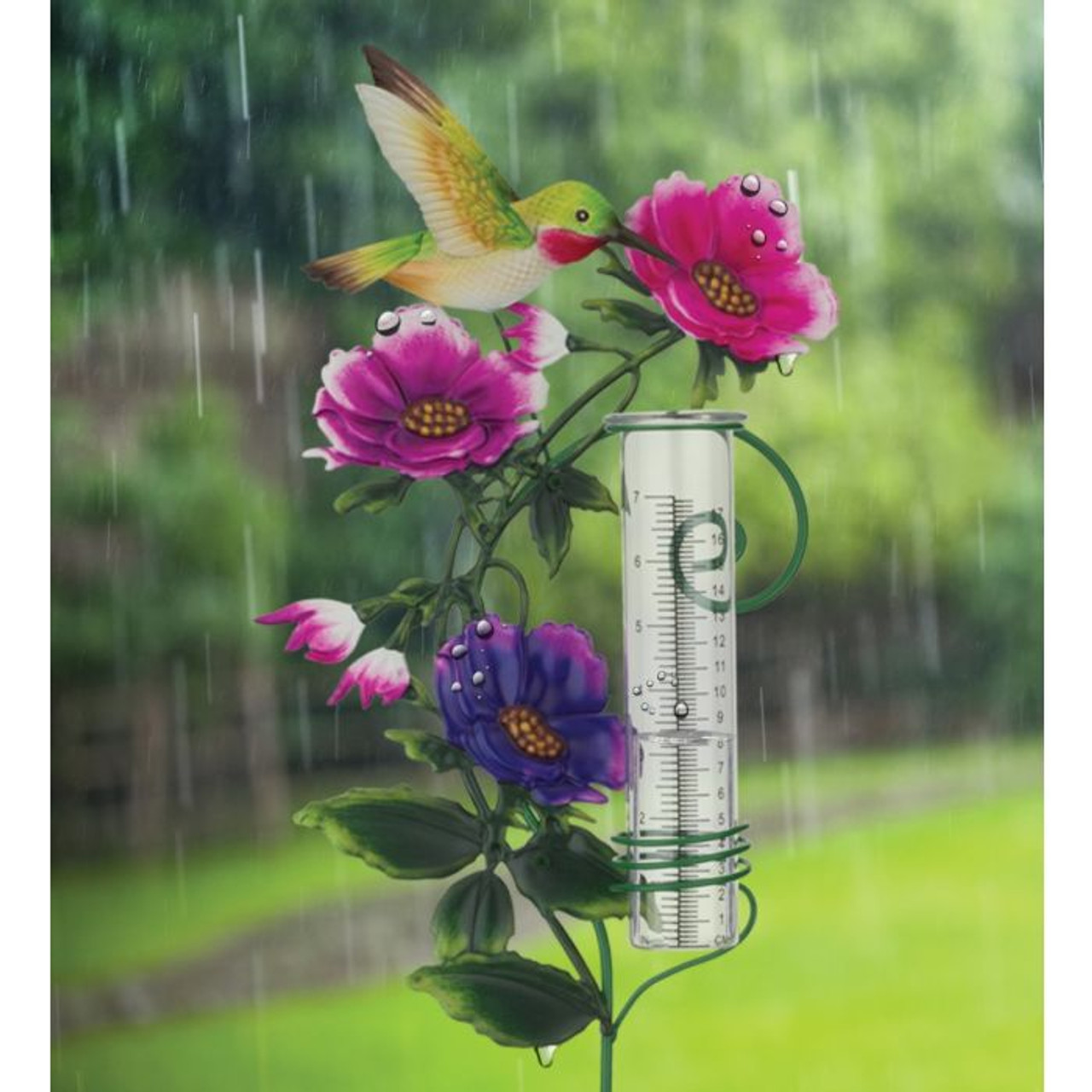The Rain Gauge: Analyzing Rainfall Patterns and Enhancing Climate Recognition
Wiki Article
DIY Rain Scale: Basic Steps to Make Your Own
Are you curious about tracking rains in your location? Producing your very own DIY rainfall gauge is a straightforward and efficient way to tape and measure rainfall. With just a few usual materials and some standard steps, you can quickly create your own rainfall gauge in your home. In this overview, we will give you with a step-by-step procedure to aid you create your very own rainfall gauge. No demand for any type of specialized expertise or equipment - this job can be finished by anybody. By adhering to these simple directions, you will certainly have a trusted tool to gauge rains and add to your understanding of the neighborhood weather patterns. Let's get begun on making your DIY rainfall scale today!Gather Products
To begin building your Do it yourself rain scale, collect all the necessary materials making use of a detailed checklist of products. Having the appropriate materials on hand will certainly ensure the successful production of your rain scale and allow for precise dimensions of rainfall. Collecting these materials in advance will certainly improve the building and construction process and make certain that you have every little thing you require to create your own Do it yourself rainfall gauge.Prepare the Container

Mark the Measurement Increments
To accurately gauge the quantity of rainfall, accurately noting the dimension increments on your do it yourself rain scale is crucial. Without accurate and clear markings, it would be challenging to determine the specific quantity of rainfall accumulated in your rain gauge. Here are the actions to note the dimension increments on your rainfall scale.First, choose on the unit of dimension that you intend to make use of. The most usual systems for gauging rainfall are inches and millimeters. As soon as you have picked the unit, make use of a permanent pen or waterproof paint to note the increments on the side of your rain gauge. For inches, you can mark every quarter inch or every fifty percent inch, depending on your choice. For millimeters, you can note every 10 millimeters or every 20 millimeters.
When noting the increments, it is essential to guarantee that go to this website they are equally spaced and clearly visible. Utilize a leader or measuring tape to guarantee precision and uniformity. Additionally, ensure that the markings are immune to fading or massaging off, as direct exposure to the elements may trigger them to degrade over time.
Place the Rain Gauge Outdoors
The rainfall scale must be put outdoors to precisely gather rainfall data. The informative post location picked for the rainfall scale must be complimentary and open from any type of obstructions that could possibly influence the dimension of rainfall. The Rain Gauge.Additionally, it is essential to position the rainfall scale on a steady surface, such as a degree ground or a strong article. This will prevent any activity or tilting of the scale, which could lead to inaccurate dimensions. It is likewise recommended to avoid positioning the scale near any resources of man-made water, such as sprinklers or drainage systems, as this might disrupt the precision of the dimensions.
Monitor and Document Rainfall Information
Routine monitoring and recording of rains data is essential for exact data evaluation and interpretation. By monitoring rains measurements, you can obtain useful insights right into weather patterns, environment patterns, click this site and water source administration. To effectively keep an eye on and tape rains information, it is crucial to develop a routine and preserve consistent methods.First of all, ensure that your rain scale is placed in an open location away from obstacles such as trees or structures that may obstruct rains. Additionally, see to it the rain gauge is degree and securely anchored to avoid any motion that could impact the precision of the dimensions.

When recording the rainfall data, it is essential to keep in mind the day and time of each dimension. Make use of a leader or a measuring stick to identify the rainfall depth in the rain gauge, and record this info precisely.
To guarantee the accuracy of the measurements, it is recommended to clear the rainfall scale after each recording. This will certainly stop any type of overflow or evaporation from affecting subsequent dimensions.
Final Thought
In conclusion, developing a DIY rainfall gauge is a functional and easy way to check and tape rainfall information (The Rain Gauge). By following the actions described in this article, you can quickly gather products, prepare the container, mark the dimension increments, and place the rainfall gauge outdoors. Regularly checking and taping rainfall data can give important details for different objectivesHaving the best products on hand will make sure the successful development of your rainfall gauge and enable for accurate measurements of rains.To accurately determine the quantity of rainfall, precisely noting the measurement increments on your DIY rainfall gauge is vital.The rainfall gauge must be positioned outdoors to accurately gather rains data. The location selected for the rainfall gauge ought to be open and cost-free from any type of blockages that can potentially impact the dimension of rains.In verdict, creating a DIY rain scale is a useful and basic means to monitor and tape-record rainfall information.
Report this wiki page